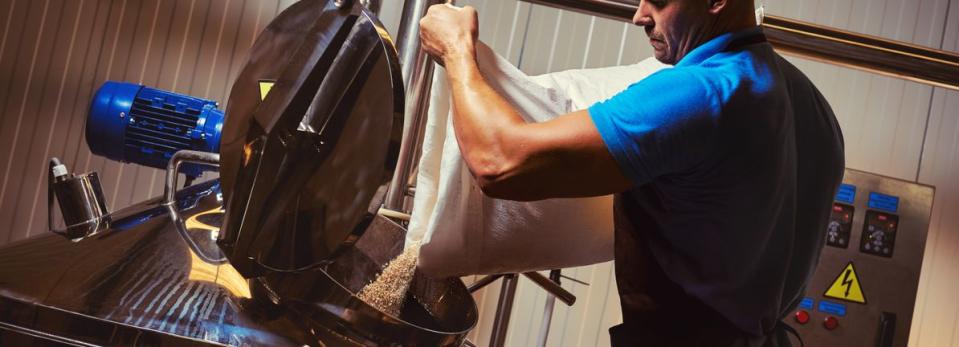Income Investors Should Know That Olvi Oyj (HEL:OLVAS) Goes Ex-Dividend Soon

Some investors rely on dividends for growing their wealth, and if you're one of those dividend sleuths, you might be intrigued to know that Olvi Oyj (HEL:OLVAS) is about to go ex-dividend in just 3 days. Investors can purchase shares before the 9th of April in order to be eligible for this dividend, which will be paid on the 8th of May.
Olvi Oyj's next dividend payment will be €0.50 per share, on the back of last year when the company paid a total of €1.00 to shareholders. Based on the last year's worth of payments, Olvi Oyj has a trailing yield of 2.9% on the current stock price of €34.8. Dividends are a major contributor to investment returns for long term holders, but only if the dividend continues to be paid. That's why we should always check whether the dividend payments appear sustainable, and if the company is growing.
View our latest analysis for Olvi Oyj
If a company pays out more in dividends than it earned, then the dividend might become unsustainable - hardly an ideal situation. Fortunately Olvi Oyj's payout ratio is modest, at just 50% of profit. A useful secondary check can be to evaluate whether Olvi Oyj generated enough free cash flow to afford its dividend. Dividends consumed 52% of the company's free cash flow last year, which is within a normal range for most dividend-paying organisations.
It's positive to see that Olvi Oyj's dividend is covered by both profits and cash flow, since this is generally a sign that the dividend is sustainable, and a lower payout ratio usually suggests a greater margin of safety before the dividend gets cut.
Click here to see the company's payout ratio, plus analyst estimates of its future dividends.
Have Earnings And Dividends Been Growing?
Stocks in companies that generate sustainable earnings growth often make the best dividend prospects, as it is easier to lift the dividend when earnings are rising. If earnings fall far enough, the company could be forced to cut its dividend. This is why it's a relief to see Olvi Oyj earnings per share are up 5.2% per annum over the last five years. Decent historical earnings per share growth suggests Olvi Oyj has been effectively growing value for shareholders. However, it's now paying out more than half its earnings as dividends. Therefore it's unlikely that the company will be able to reinvest heavily in its business, which could presage slower growth in the future.
Many investors will assess a company's dividend performance by evaluating how much the dividend payments have changed over time. Olvi Oyj has delivered 9.6% dividend growth per year on average over the past ten years. It's encouraging to see the company lifting dividends while earnings are growing, suggesting at least some corporate interest in rewarding shareholders.
To Sum It Up
From a dividend perspective, should investors buy or avoid Olvi Oyj? Earnings per share growth has been modest, and it's interesting that Olvi Oyj is paying out less than half of its earnings and more than half its cash flow to shareholders in the form of dividends. Overall, it's hard to get excited about Olvi Oyj from a dividend perspective.
Curious what other investors think of Olvi Oyj? See what analysts are forecasting, with this visualisation of its historical and future estimated earnings and cash flow.
We wouldn't recommend just buying the first dividend stock you see, though. Here's a list of interesting dividend stocks with a greater than 2% yield and an upcoming dividend.
If you spot an error that warrants correction, please contact the editor at editorial-team@simplywallst.com. This article by Simply Wall St is general in nature. It does not constitute a recommendation to buy or sell any stock, and does not take account of your objectives, or your financial situation. Simply Wall St has no position in the stocks mentioned.
We aim to bring you long-term focused research analysis driven by fundamental data. Note that our analysis may not factor in the latest price-sensitive company announcements or qualitative material. Thank you for reading.

 Yahoo News
Yahoo News 
